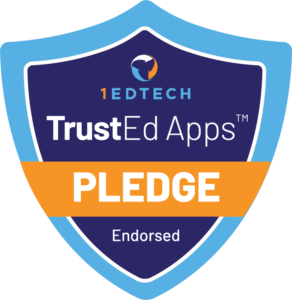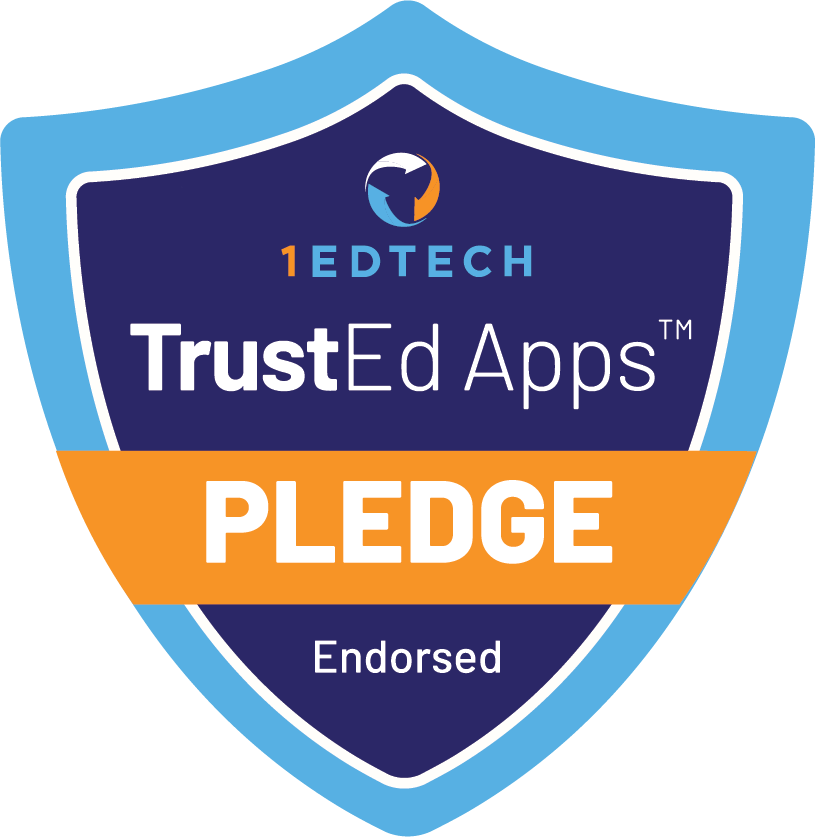Scaling up a Work-Based Learning (WBL) program requires careful planning, resource allocation, and continuous engagement with students, employers, and the community. By expanding opportunities, increasing employer participation, securing funding, and building a sustainable program framework, schools can grow their WBL programs to reach more students and meet workforce demands. Regular monitoring, celebrating achievements, and using feedback to refine the program ensure that it remains effective and impactful as it grows. A scaled-up WBL program not only prepares students for successful careers but also strengthens connections between education and industry, benefiting the entire community.






